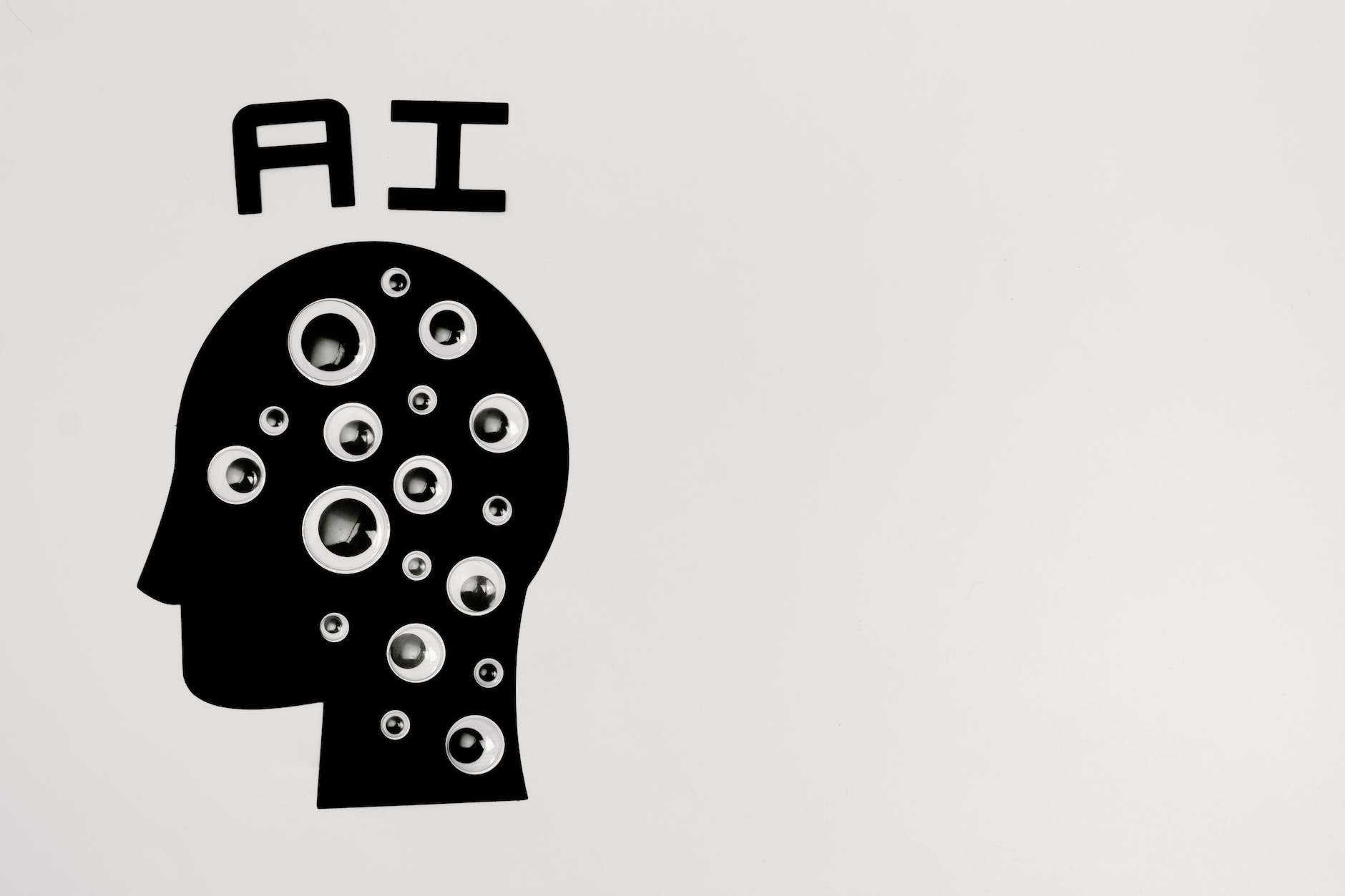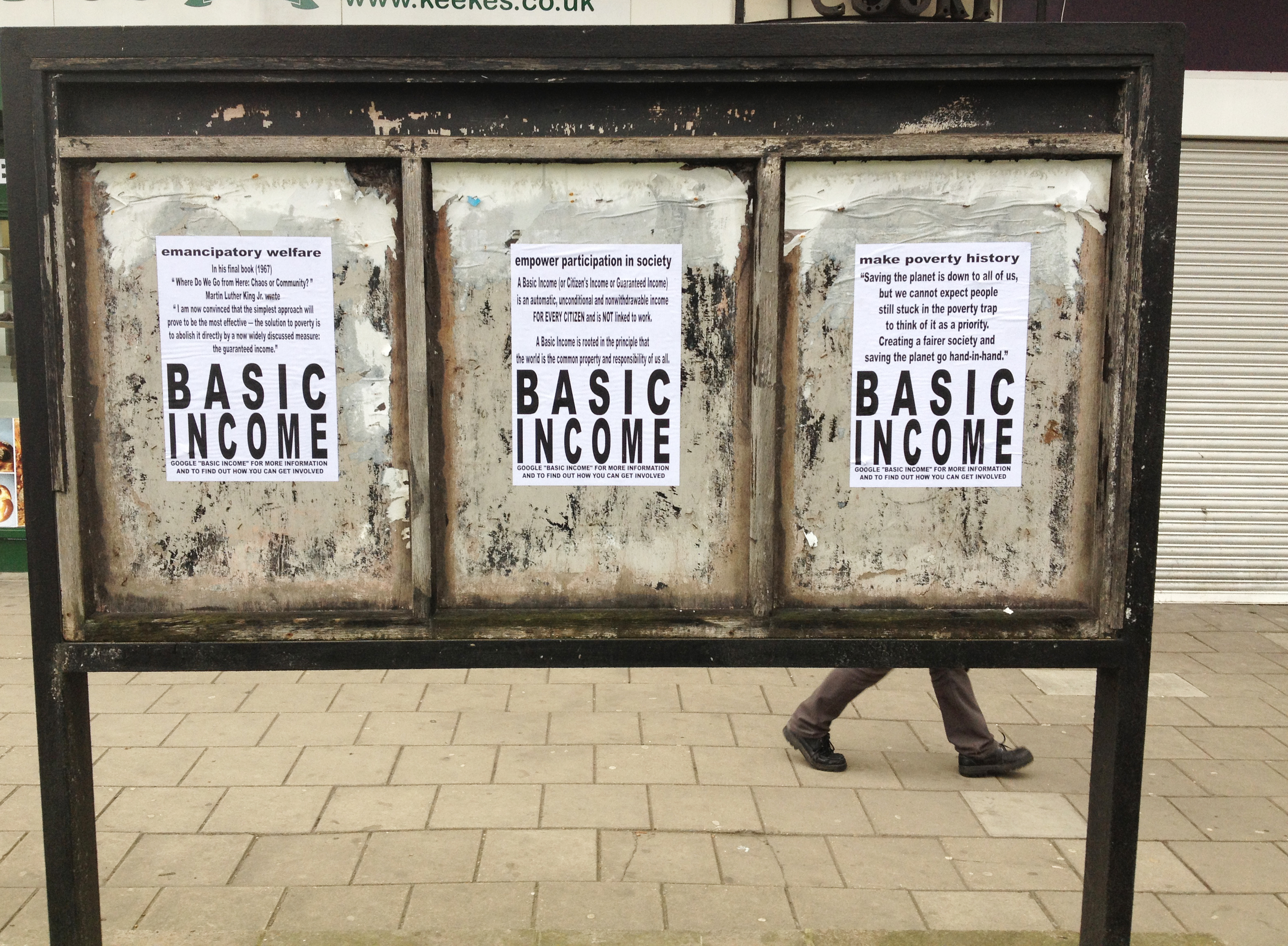Inês Neves (Lecturer at the Faculty of Law, University of Porto | Researcher at CIJ | Member of the Jean Monnet Module team DigEUCit)
▪
March 2024: a significant month for both women and Artificial Intelligence
In March 2024 we celebrate women. But March was not only the month of women. It was also a historic month for AI regulation. And, as #TaylorSwiftAI has shown us,[1] they have a lot more in common than you might think.
On 13 March 2024, the European Parliament approved the Artificial Intelligence Act,[2] a European Union (EU) Regulation proposed by the European Commission back in 2021. While the law has yet to be published in the Official Journal of the EU, it is fair to say that it makes March 2024 a historical month for Artificial Intelligence (‘AI’) regulation.
In addition to the EU’s landmark piece of legislation, the Council of Europe’s path towards the first legally binding international instrument on AI has also made progress with the finalisation of the Framework Convention on Artificial Intelligence, Human Rights, Democracy and the Rule of Law.[3] As the EU’s cornerstone legislation, this will be a ‘first of its kind’, aiming to uphold the Council of Europe’s legal standards on human rights, democracy and the rule of law in relation to the regulation of AI systems. With its finalisation by the Committee on Artificial Intelligence, the way is now open for future signature at a later stage. While the non-self-executing nature of its provisions is to be expected, some doubts remain as to its full potential, given the high level of generality of its provisions, and their declarative nature.[4]
Continue reading “The EU Directive on violence against women and domestic violence – fixing the loopholes in the Artificial Intelligence Act”









